Rick had a morning off and since he is technically the resident scientist {and since the experiment lesson plans are already written out ~ grins}, the kids had fun with Daddy helping with their science experiment.
Question of the Week…What will happen to a dime that is placed at the end of a wooden rule when a quarter slides against the opposite end of the ruler?
Items we used for this experiment:
~ a ruler
~ a quarter
~ a dime
Predictions and Experiment…
Each of the kids made a prediction about what would happen ~ it wouldn’t move, it would slide a little, slide a lot. They marked their answers on their prediction sheet and then we started the experiment.
Daddy slid the quarter so it would hit one end of the ruler…
and the dime bounced away from the other end of the ruler.
The Nutshell Reason…
Momentum is transferred from the quarter to the dime through the ruler. We explained it further by giving an example of what would happen if a tractor trailer truck were to hit a small car and vice versa.
After the Experiment…
The kids had fun trying the experiment over and over…until someone walked off with the coins. :)
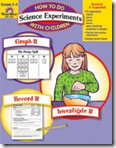 Resource for this experiment: How to Do Science Experiments with Children is available from Amazon and you can also check it out {and do some of the experiments} using Google Docs! The experiments use easy-to-find objects and also include record sheets for kids to fill out with their predictions and experiment results. Each experiment also includes teaching tips and explanations…which are rather handy! :) Don’t forget to check out some other great science ideas at Science Sunday hosted by Ticia at Adventures in Mommydom.
Resource for this experiment: How to Do Science Experiments with Children is available from Amazon and you can also check it out {and do some of the experiments} using Google Docs! The experiments use easy-to-find objects and also include record sheets for kids to fill out with their predictions and experiment results. Each experiment also includes teaching tips and explanations…which are rather handy! :) Don’t forget to check out some other great science ideas at Science Sunday hosted by Ticia at Adventures in Mommydom.



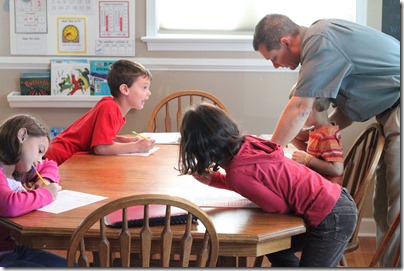

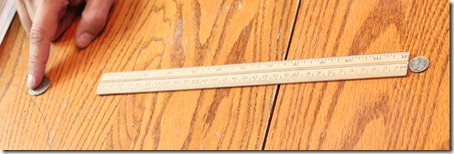
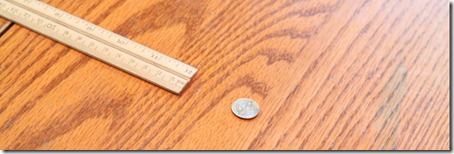



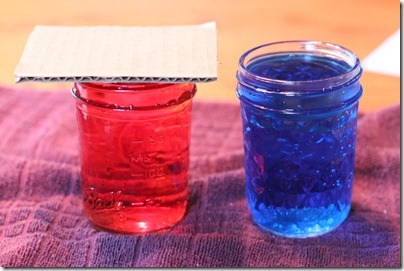
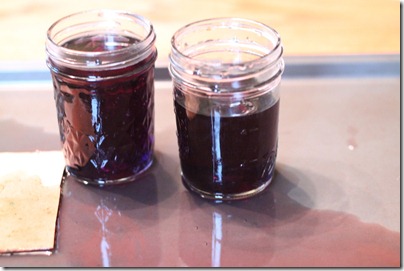

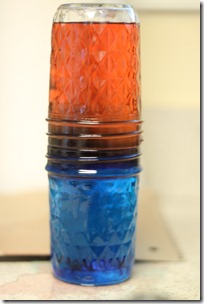


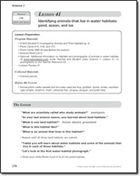

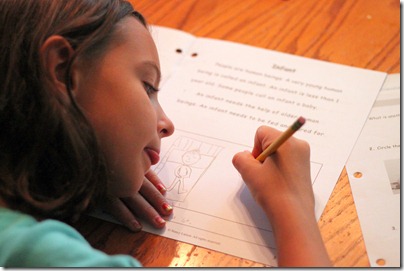


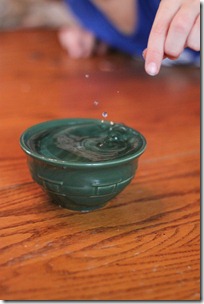



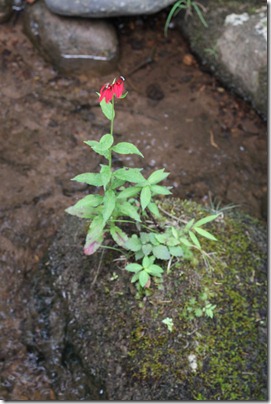

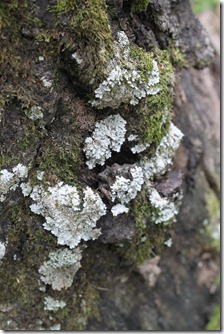
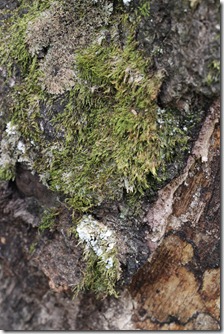
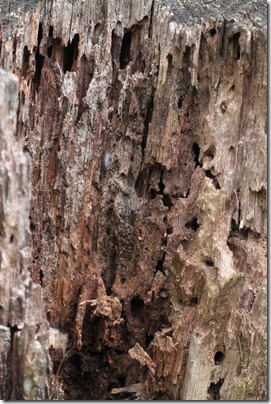




 The printables shared on this site are FREE of charge unless otherwise noted, and you are welcome to download them for your personal and/or classroom use only. However, free or purchased printables are NOT to be reproduced, hosted, sold, shared, or stored on any other website or electronic retrieval system (such as Scribd or Google docs). My printables are copyright protected and I appreciate your help in keeping them that way.
If you download and use some of my printables and then blog about them, please provide a link back to my blog and let me know - I'd love to see how you are using them! Please be sure to link to the blog post or web page and not directly to the file itself. Thank you!
The printables shared on this site are FREE of charge unless otherwise noted, and you are welcome to download them for your personal and/or classroom use only. However, free or purchased printables are NOT to be reproduced, hosted, sold, shared, or stored on any other website or electronic retrieval system (such as Scribd or Google docs). My printables are copyright protected and I appreciate your help in keeping them that way.
If you download and use some of my printables and then blog about them, please provide a link back to my blog and let me know - I'd love to see how you are using them! Please be sure to link to the blog post or web page and not directly to the file itself. Thank you!